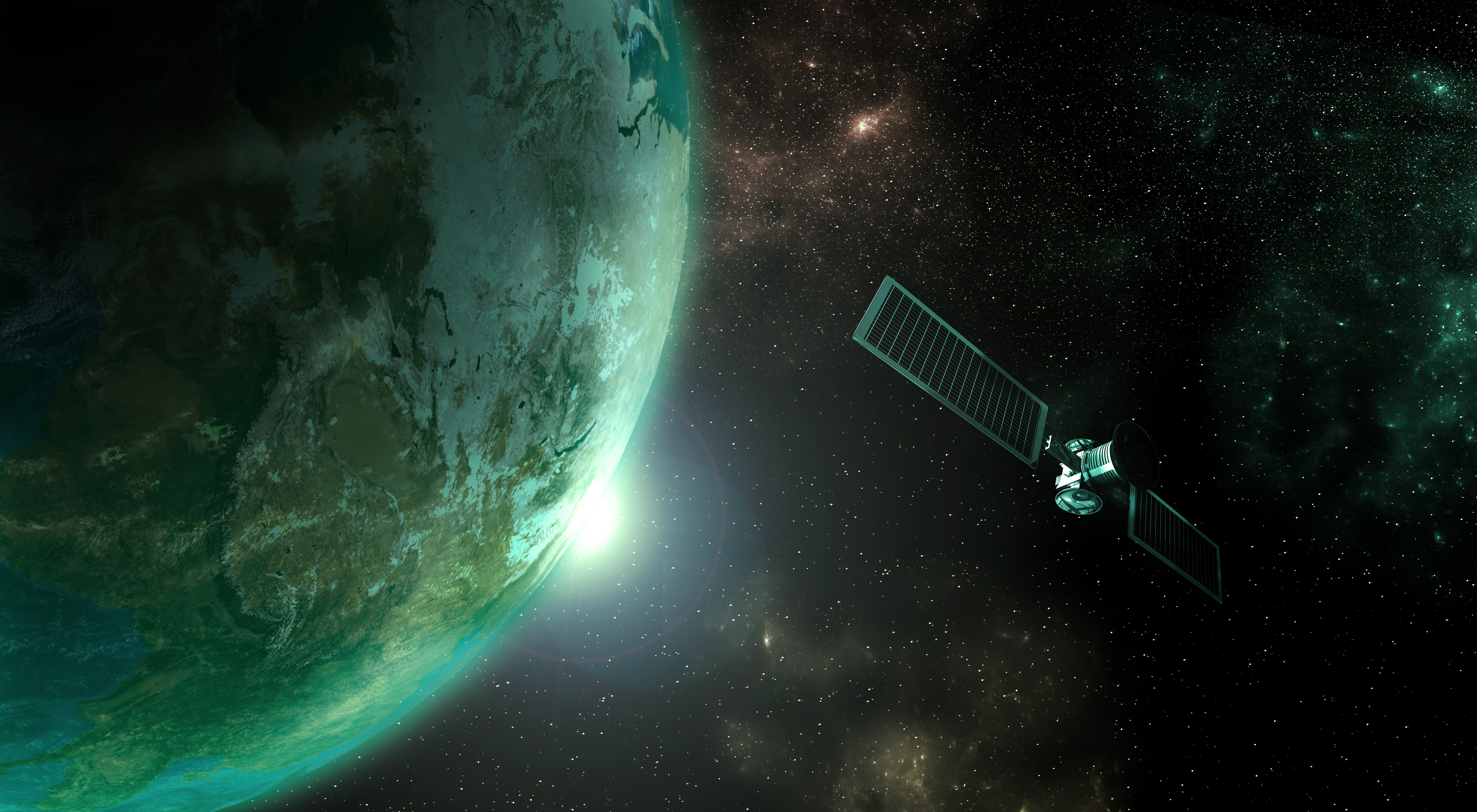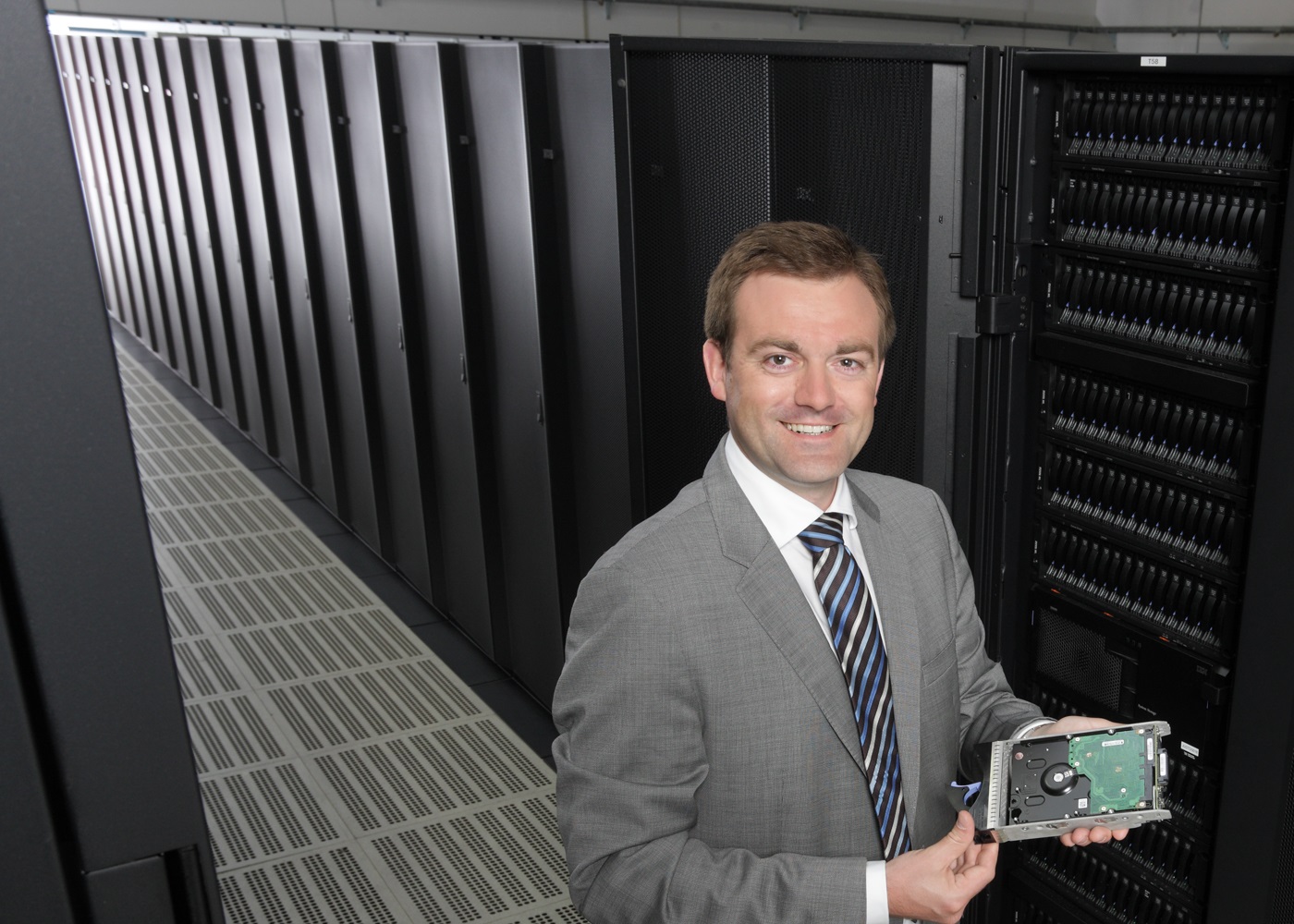Remote Sensing
Center for Remote Sensing (CRS) at University of Iceland
- An inter-disciplinary group of researchers that are active in the field of Remote Sensing and Geographic Information Systems at the School of Engineering and Natural Sciences, University of Iceland
- [ WEBPAGE ]

Selected Publications
- Haut, J.M., Gallardo, J.A., Paoletti, M.E., Cavallaro, G., Plaza, J., Plaza, A., Riedel, M.: Cloud Deep Networks for Hyperspectral Image Analysis, IEEE Transactions on Geoscience and Remote Sensing, PP(99):1-17, 2019
[ JOURNAL ] [ DOI ] [ GOOGLE SCHOLAR ] [ RESEARCHGATE ] [ MORE ] - Cavallaro, G., Riedel, M., Richerzhagen, M., Benediktsson, J., Plaza, A.: On Understanding Big Data Impacts in Remotely Sensed Image Classification Using Support Vector Machine Methods, IEEE Journal of Selected Topics in Applied Earth Observations and Remote Sensing (JSTARS), Vol 9 (10), pp. 1-13, 2015
[ JOURNAL ] [ DOI ] [ JUSER ] [ GOOGLE SCHOLAR ] [ RESEARCHGATE ] [ MORE ] - Cavallaro, G., Bazi, Y., Melgani, F., Riedel, M.: Multi-Scale Convolutional SVM Networks for Multi-Class Classification Problems of Remote Sensing Images, in conference proceedings of the IEEE International Geoscience and Remote Sensing Symposium (IGARSS 2019), July 28 – August 2nd, 2019, Yokohama, Japan – to appear …
[ EVENT ] - Erlingsson, E., Cavallaro, G., Neukirchen, H., Riedel, M.: Scalable Workflows for Remote Sensing Data Processing with the DEEP-EST Modular Supercomputing Architecture, in conference proceedings of the IEEE International Geoscience and Remote Sensing Symposium (IGARSS 2019), July 28 – August 2nd, 2019, Yokohama, Japan – to appear …
[ EVENT ] - Cavallaro, G., Kozlov, V., Goetz, M., Riedel, M.: Remote Sensing Data Analytics with the Udocker Container Tool using Multi-GPU Deep Learning Systems, in conference proceedings of the Big Data from Space (BiDS 2019) conference, February 19-21, 2019, Munich, Germany
[ EVENT ] [ DOI ] [ JUSER ] [ RESEARCHGATE ] - Lange, J., Cavallaro, G., Goetz, M., Erlingsson, E., Riedel, M.: The Influence of Sampling Methods on Pixel-Wise Hyperspectral Image Classification with 3D Convolutional Neural Networks, in conference proceedings of the IEEE International Geoscience and Remote Sensing Symposium (IGARSS 2018), July 22-27, 2018, Valencia, Spain
[ EVENT ] [ DOI ] [ JUSER ] [ RESEARCHGATE ] - Erlingsson, E., Cavallaro, G., Riedel, M., Neukirchen, H.: Scaling Support Vector Machines Towards Exascale Computing for Classification of Large-Scale High-Resolution Remote Sensing Images, in conference proceedings of the IEEE International Geoscience and Remote Sensing Symposium (IGARSS 2018), July 22-27, 2018, Valencia, Spain
[ EVENT ] [ DOI ] [ JUSER ] [ RESEARCHGATE ] - Memon, S., Cavallaro, G., Hagemeier, B., Riedel, M., Neukirchen, H.: Automated Analysis of Remotely Sensed Images using the UNICORE Workflow Management System, in conference proceedings of the IEEE International Geoscience and Remote Sensing Symposium (IGARSS 2018), July 22-27, 2018, Valencia, Spain
[ EVENT ] [ DOI ] [ JUSER ] [ RESEARCHGATE ] - Cavallaro, G., Mura, M.D., Riedel, M., Benediktsson, J.A.: Tree-based Supervised Feature Extraction Method based on Self-dual Attribute Profiles, in conference proceedings of the IEEE International Geoscience and Remote Sensing Symposium (IGARSS 2017), July 23-28, 2017, Fort Worth, Texas, USA
[ EVENT ] [ DOI ] [ JUSER ] [ RESEARCHGATE ] - Memon, M.S., Cavallaro, G., Riedel, M., Neukirchen, H.: Facilitating Efficient Data Analysis of Remotely Sensed Images using Standards-based Parameter Sweep Models, in conference proceedings of the IEEE International Geoscience and Remote Sensing Symposium (IGARSS 2017), July 23-28, 2017, Fort Worth, Texas, USA
[ EVENT ] [ DOI ] [ JUSER ] [ RESEARCHGATE ] - Cavallaro, G., Riedel, M., Bodenstein, C., Glock, P., Richerzhagen, M., Geotz, M., Benediktsson, J.A.: Scalable Developments for Big Data Analytics in Remote Sensing, in conference proceedings of the IEEE International Geoscience and Remote Sensing Symposium (IGARSS 2015), July 26-31, 2015, Milan, Italy
[ EVENT ] [ DOI ] [ JUSER ] [ RESEARCHGATE ] - Goetz, M., Richerzhagen, M., Bodenstein, C., Cavallaro, G., Glock,. P., Riedel, M., Benediktsson, J.A.: On Scalable Data Mining Techniques for Earth Science, in conference proceedings of International Conference on Computational Science (ICCS 2015), Sixth Workshop on Data Mining in Earth System Science (DMESS 2015), June 1-3, 2015, Reykjavik, Iceland
[ EVENT ] [ DOI ] [ JUSER ] [ RESEARCHGATE ] - Cavallaro, G., Riedel, M., Benediktsson, J.A., Goetz, M., Runarsson, T., Jonasson, K., Lippert, T.: Smart Data Analytics Methods for Remote Sensing Applications, in conference proceedings of the IEEE International Geoscience and Remote Sensing Symposium (IGARSS 2014), July 13-18, 2014, Quebec City, Canada
[ EVENT ] [ DOI ] [ JUSER ] [ RESEARCHGATE ]
Social Media
Great talk by J. Belart: IcelandDEM: a high resolution, accurate & country-wide mosaic of elevation in #Iceland at our Center for Remote Sensing @uni_iceland @Haskoli_Islands @uisens using #HPC @NCSAatIllinois
.
more: https://t.co/yV8JsvGKct
.@fz_juelich @fzj_jsc @DEEPprojects
. pic.twitter.com/YtxGOvqAJS— Morris Riedel (@MorrisRiedel) October 13, 2019
Related Research – High Performance Computing
- U. M. Bhangale, K. R. Kurte, S. S. Durbha, R. L. King and N. H. Younan, “Big data processing using hpc for remote sensing disaster data”, 2016 IEEE International Geoscience and Remote Sensing Symposium (IGARSS), Beijing, 2016, pp. 5894-5897, doi: 10.1109/IGARSS.2016.7730540
[ DOI ] - Abstract: Voluminous data (Multispectral, Hyperspectral) from Variety of sensors (Airborne sensors, space borne sensors) with Velocity (high temporal resolution) when used for decision making to support natural disasters such as earthquakes, floods, oil-spills etc., for near real time accurate responses, is a problem that needs Big Data Analytics. To gain rapid insight from this big data, high performance computing (HPC) with some scalable solution that reduces the execution time are in extreme demand. To serve this real time need, scalable hybrid parallelism approach based on state of art multi-core GPUs and Message Passing Interface (MPI) is explored for analyzing remote sensing disaster data. Spatio-temporal remote sensing data of oil-spill at Gulf of Mexico captured by LANDSAT 7 ETM+ is considered for analysis. The core objective includes performance evaluation of the analysis process across various parallel implementation platforms.
- C. A. Lee, S. D. Gasster, A. Plaza, C. Chang and B. Huang, “Recent Developments in High Performance Computing for Remote Sensing: A Review”, in IEEE Journal of Selected Topics in Applied Earth Observations and Remote Sensing, vol. 4, no. 3, pp. 508-527, 2011
[ DOI ] - Abstract: Remote sensing data have become very widespread in recent years, and the exploitation of this technology has gone from developments mainly conducted by government intelligence agencies to those carried out by general users and companies. There is a great deal more to remote sensing data than meets the eye, and extracting that information turns out to be a major computational challenge. For this purpose, high performance computing (HPC) infrastructure such as clusters, distributed networks or specialized hardware devices provide important architectural developments to accelerate the computations related with information extraction in remote sensing. In this paper, we review recent advances in HPC applied to remote sensing problems; in particular, the HPC-based paradigms included in this review comprise multiprocessor systems, large-scale and heterogeneous networks of computers, grid and cloud computing environments, and hardware systems such as field programmable gate arrays (FPGAs) and graphics processing units (GPUs). Combined, these parts deliver a snapshot of the state-of-the-art and most recent developments in those areas, and offer a thoughtful perspective of the potential and emerging challenges of applying HPC paradigms to remote sensing problems.
- The development of computationally efficient techniques for transforming the massive amount of remote sensing data into scientific understanding is critical for Earth science.
- For instance, many current and future applications of remote sensing in Earth science, space science, and soon in exploration science require real- or near real-time processing capabilities. Relevant examples include environmental studies, military applications, tracking and monitoring of hazards such as wild land and forest fires, oil spills and other types of chemical/biological contamination.
- … a recent trend in the design of HPC systems for data-intensive problems is to utilize highly heterogeneous computing resources
- … grid computing and its evolution, cloud computing, which both endeavor to make such heterogeneous and distributed computing platforms easy to use.
- these systems are generally expensive and difficult to adapt to onboard remote sensing data processing scenarios, in which low-weight and low-power integrated components are essential to reduce mission payload and obtain analysis results in real-time, i.e., at the same time as the data is collected by the sensor.
- In this review paper, we specifically focus on describing recent advances in the field of HPC applied to remote sensing problems, covering developments using different architectures such as clusters, grids, clouds and specialized hardware components.
- Despite the very recent emergence of GPGPU in scientific applications, several relevant efforts oriented towards GPU-based processing of remote sensing data sets can already be found in the literature.
- … although radiation-tolerance and power consumption issues for these hardware devices should be explored in future developments in order to allow their full incorporation to spaceborne Earth observation missions.
- As a result, reconfigurable hardware introduces a trade-off between traditional hardware and software by achieving hardware-like performance with software-like flexibility, which is of great interest in the context of remote sensing applications.
- The idea is that FPGAs can be reconfigured on the fly. This approach is called temporal partitioning or run-time reconfiguration.
- These systems are soon becoming a standard in the application of HPC techniques to remote sensing and other problems.

 https://orcid.org/0000-0003-1810-9330
https://orcid.org/0000-0003-1810-9330